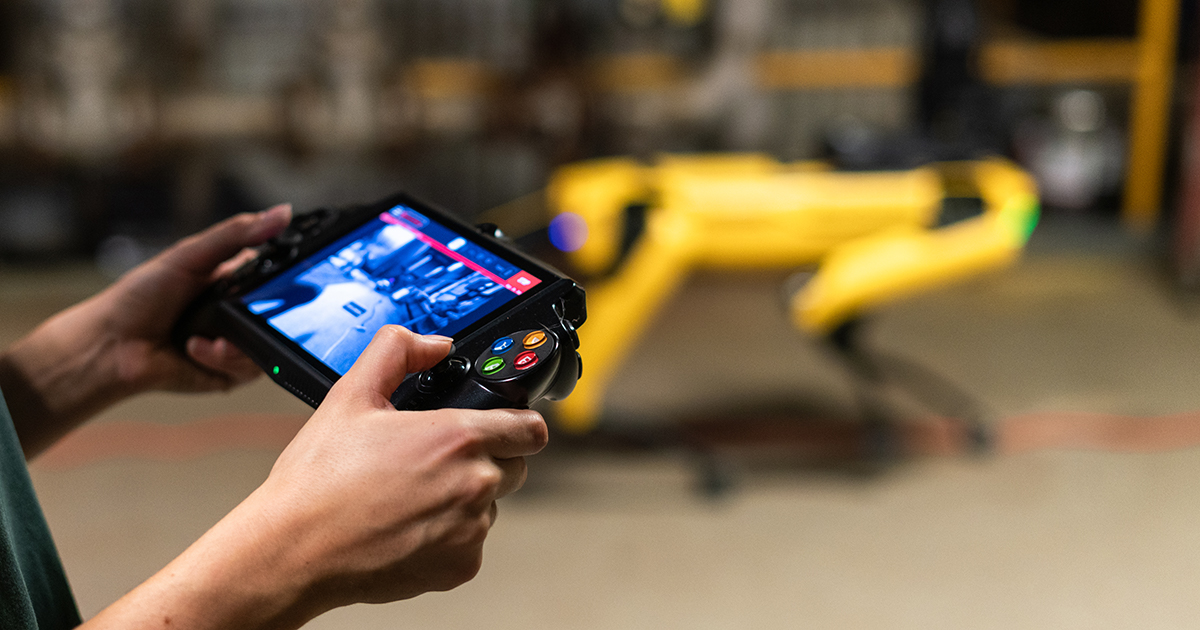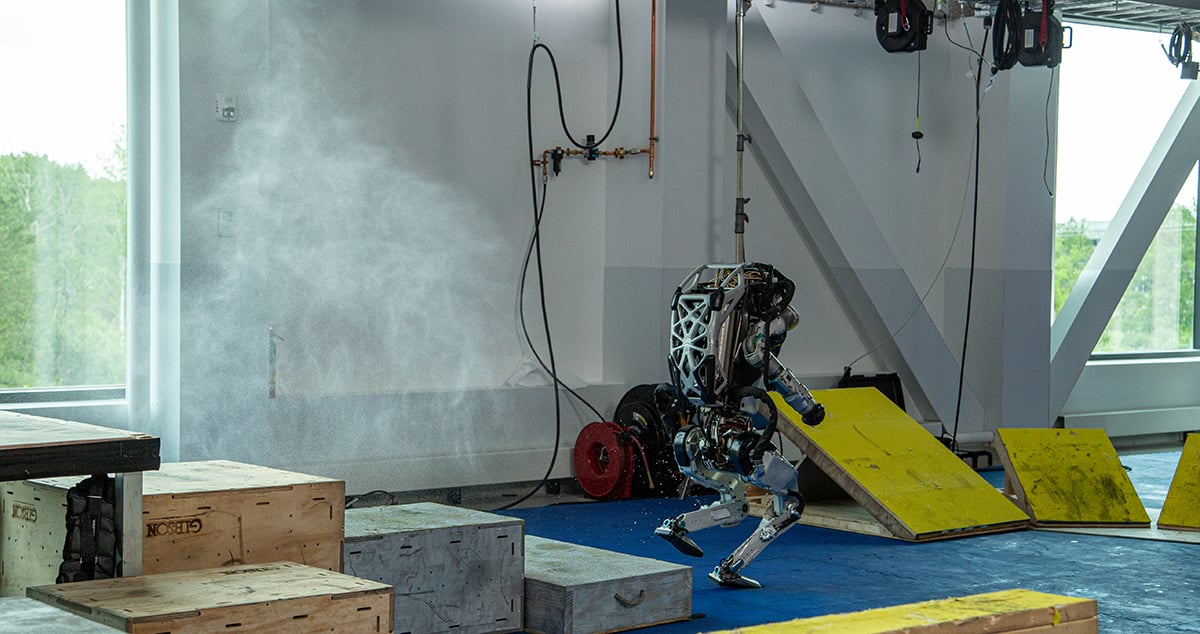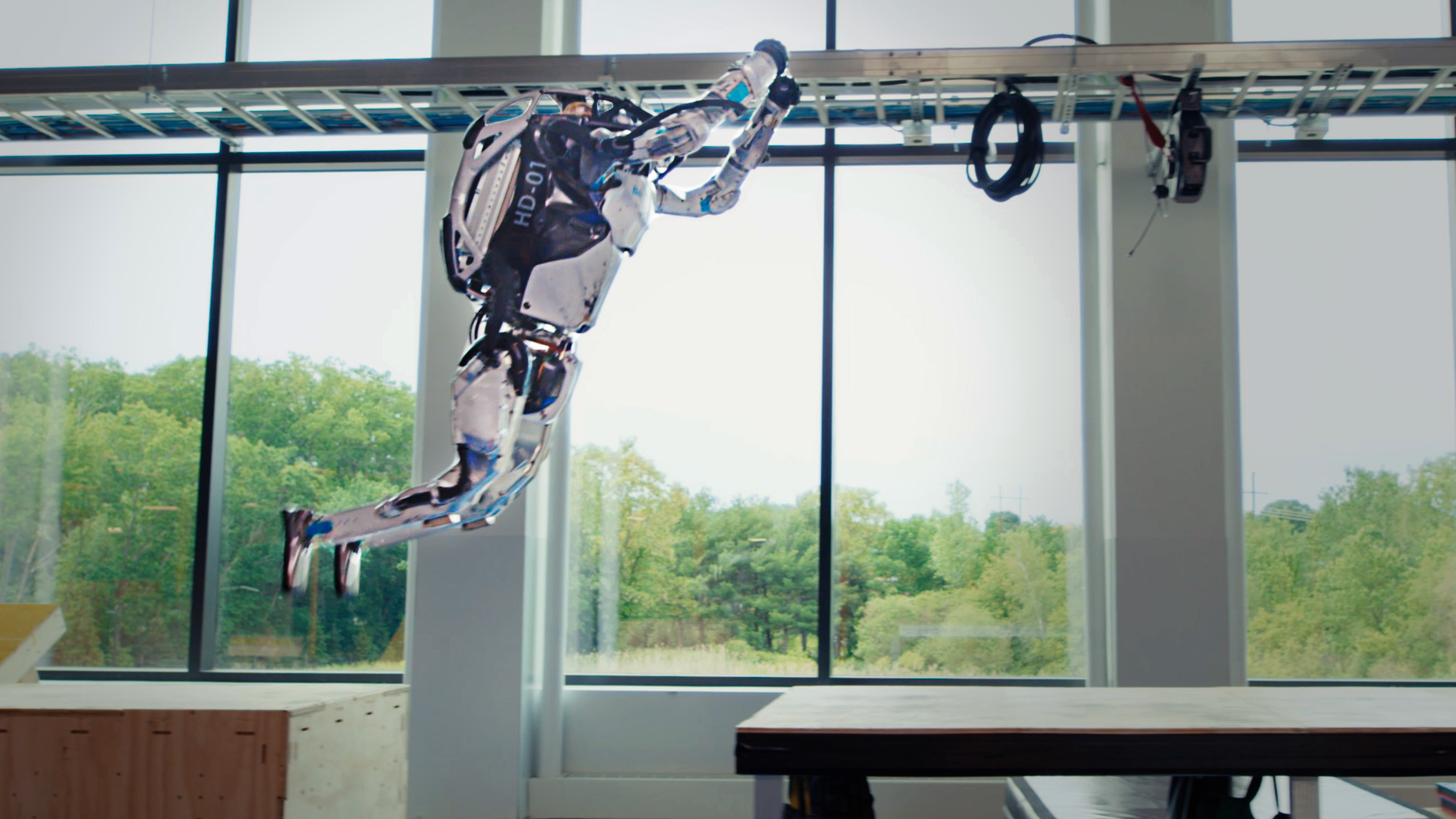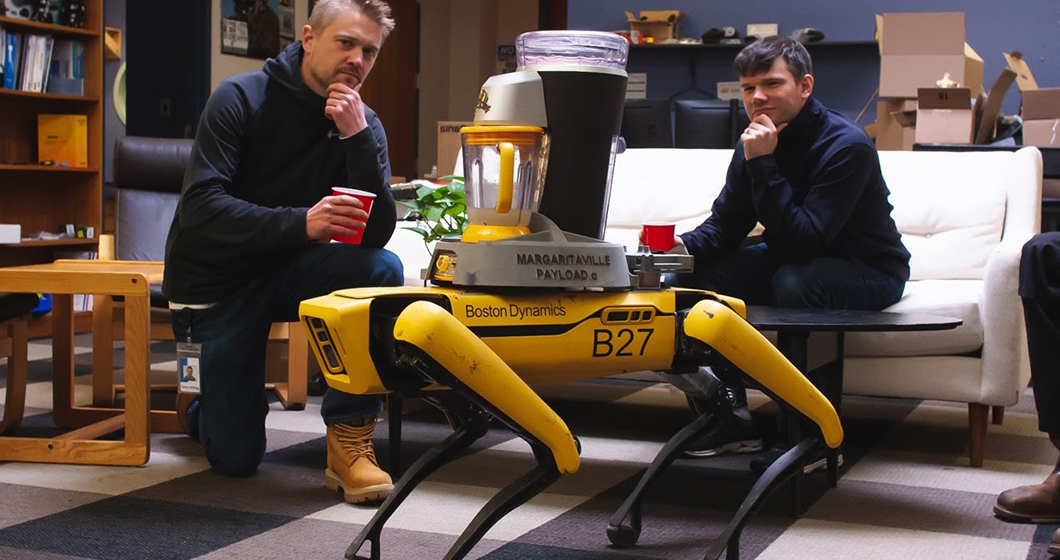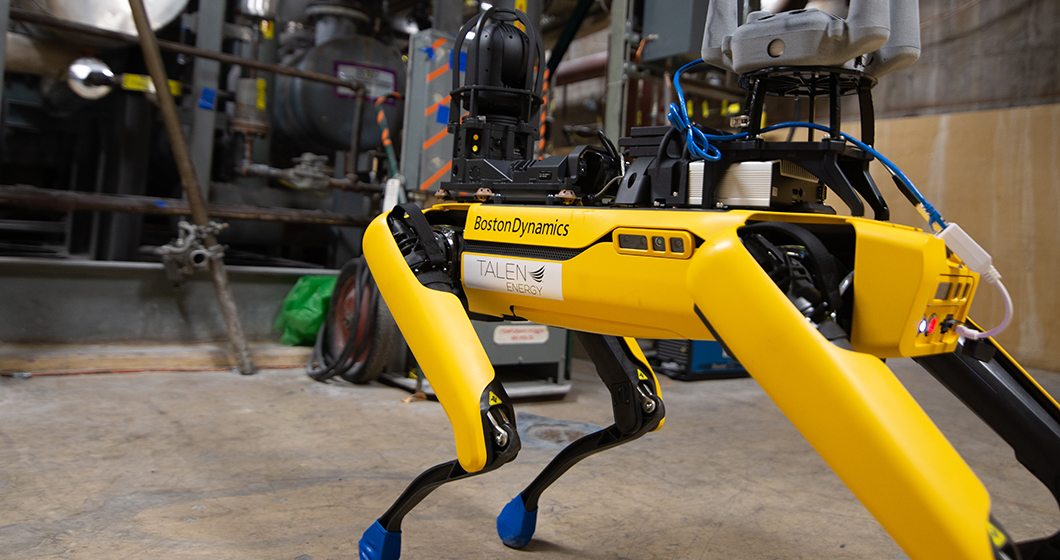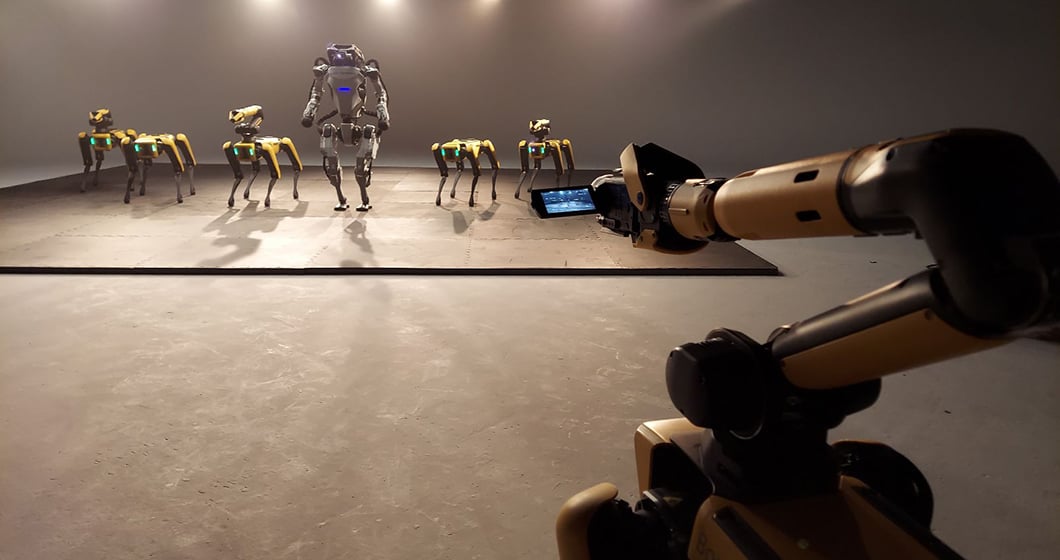
Artificial Intelligence (AI) is rapidly becoming a routine aspect of business operations. A recent survey from Deloitte found 34% of respondents had already begun implementing AI systems to support intelligent automation, while 52% plan to implement these systems in the next three years. But implementing and operationalizing AI is often easier said than done, especially without continuous, reliable data about your operations.


